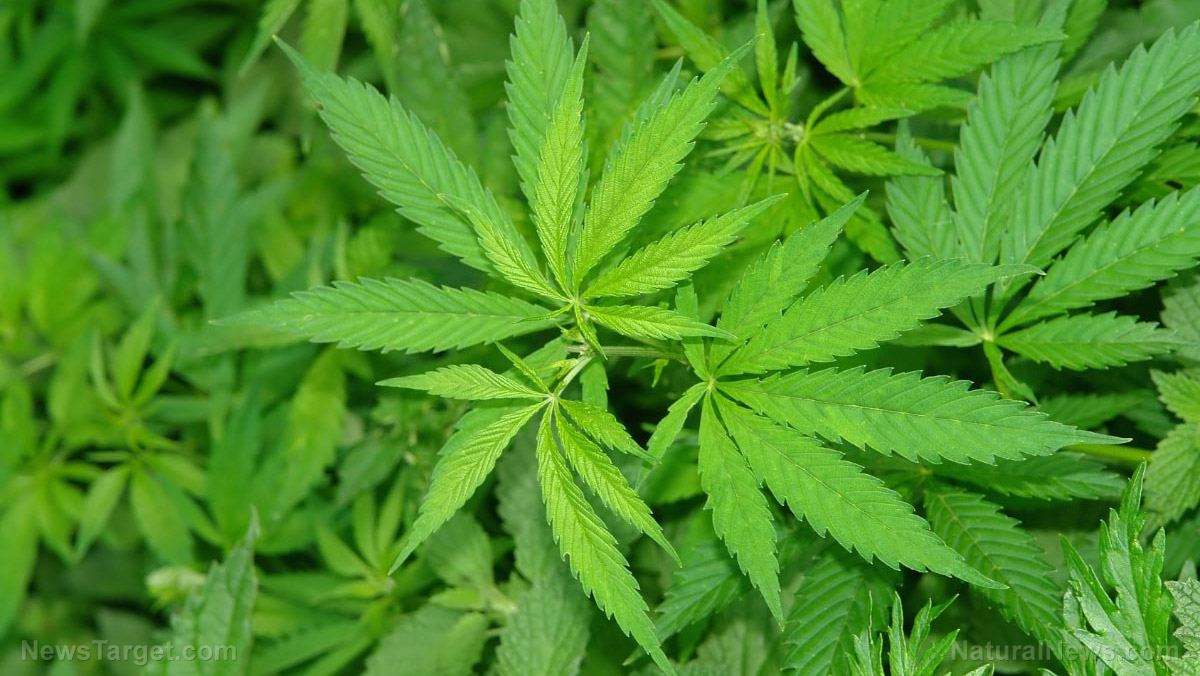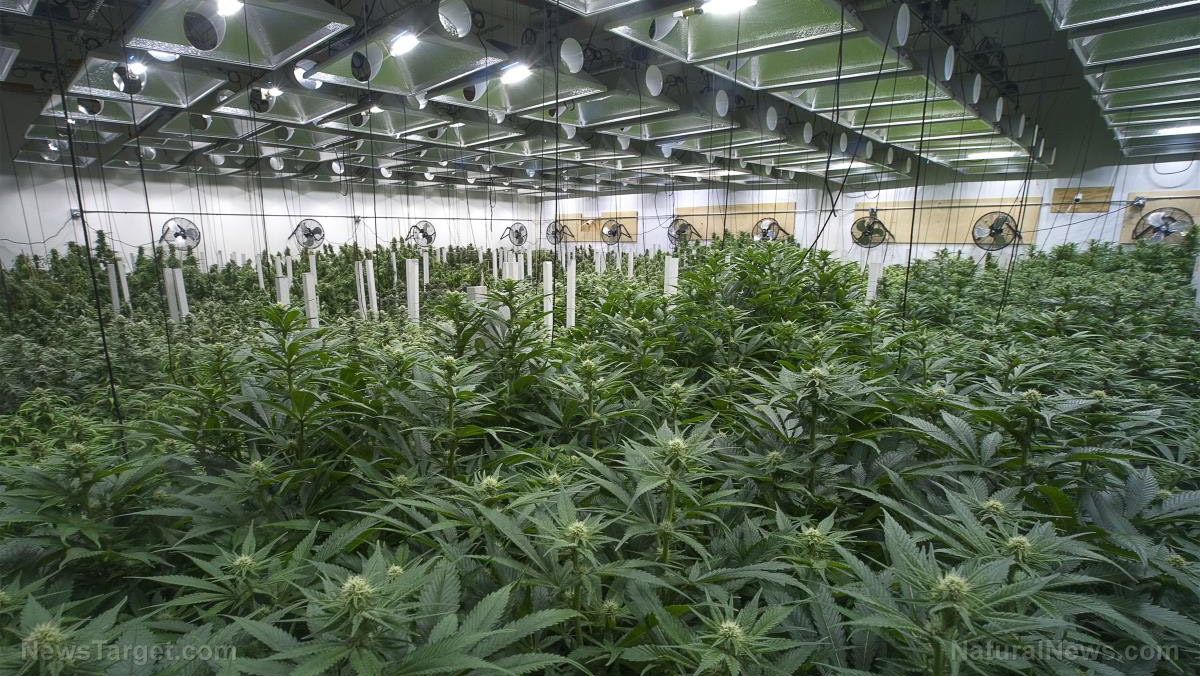Although industrial hemp is only permitted to be grown in a few areas within the United States, this variety of Cannabis sativa never ceases to amaze. Hemp’s many uses from food to paper to modern technologies such as hempcrete are just astounding. The most ground breaking of these though, is hemp “graphene.”
(Article by Leah Maurer)
To explain, regular graphene is comprised of a two-dimensional, hexagonal honeycomb lattice layer of tightly packed carbon atoms, and is one of the strongest, lightest and most conductive compounds ever discovered. It is considered one of the best materials for supercapacitor electrodes. The term was also used in early descriptions of carbon nanotubes, and can be considered a type of nanotechnology. Many of graphene’s uses are in the area of energy storage; some uses that are under development include electronics,biological engineering, filtration and strong, lightweight composite materials.
However, a scientist by the name of Dr. David Mitlin, from Clarkson University in New York, says he’s found a way to manufacture hemp waste into a material that appears to be better than graphene. Dr. Mitlin and his team were able to recycle leftover hemp-based fiber, cook it down and then dissolve it until carbon nanoseheets that resembled the structure of graphene were left behind. They proceeded to build these nanosheets into powerful energy-storing supercapacitors with high energy density, thus creating a hemp based “graphene.” Essentially, Mitlin’s team discovered a process for converting fibrous hemp waste into a unique graphene-like nanomaterial that many say outperforms graphene.
Creating this graphene-like hemp material costs only a fraction of regular graphene production. Graphene costs as much as $2,000 per gram to manufacture, while the hemp-based nanomaterial can be manufactured for less than $500 per ton. To give proper perspective, there are 907,185 grams in one ton.
Hemp professionals and activists in Oregon and elsewhere are thrilled about this new technology and its potential for energy. Ben Christensen, owner of Oregon Hemp Works in Portland, said, “As a renewable energy major and hemp business owner, I find this very exciting. One of the bigger challenges with renewable energy is storage. I often find hemp being left out of the renewable energy conversation, but I feel you can’t really talk about renewable energy or sustainability unless hemp is being talked about as well. It also seems that when hemp is introduced as a replacement, it is just as good as what it’s replacing and even better in a lot of cases.”
Amy Peradotta, hemp activist and chairwoman of the Portland Women Grow chapter, agreed. She expressed, “Using hemp cellulose to replace graphene in supercapacitor batteries will change how we store energy and how we mass produce electronic products from computers and phones to electric cars. Imagine a future where your electric car battery is made with hemp supercapacitor electrodes, the body of the car is made with nontoxic, lightweight hemp cellulose composite materials and the interior door panels and upholstery are made from hemp fiber. Then, we can also use hemp supercapacitors to store renewable energy for our indoor cannabis grow houses made of hempcrete. Pair that with solar panels and you have a sustainably designed, energy efficient cannabis production facility.”
Most people don’t understand the truly diverse value of hemp. Cultures have relied on this hardy plant for centuries to produce textiles such as clothing, fabric and paper. Today, hemp is also used for food, fuel, medicine, building materials and plastics. Now with the energy storage industry starting to take notice, perhaps more government authorities will take a closer look at this plant.
Joy Beckerman, principal at Seattle-based Hemp Ace International and a 20+ year veteran in the industrial hemp movement said, “As activists and entrepreneurs, we simply did not see this coming 25 years ago. No one was sufficiently intellectual back then to predict the unique and exponential power within micro fibrils from hemp bast fiber or hemp’s ability to completely revolutionize the most critical areas of research and development. Graphite whisker and carbon nanotube are highest in stiffness and strength, but they are severely cost-prohibitive. Hemp cellulose nanocrystals are a considerably low cost nanoparticle, which makes them enormously attractive and competitive when one looks at the larger picture including price, availability, toxicity and sustainability.”
To think that the cannabis plant can supplement modern technology so dramatically is incredible. This only reaffirms why we must continue to defend our plant everywhere and push the federal government to deschedule this plant. It is time that hemp be researched, grown and mass produced for its infinite uses and unexplored technological applications.


















